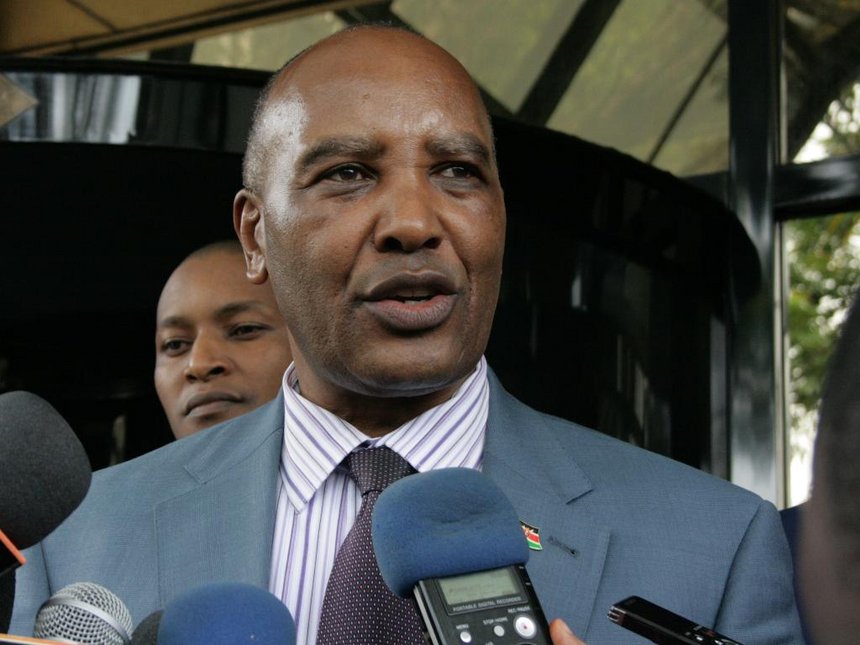Governors from the Central Kenya economic bloc have renewed their push to have the National Treasury give population density more weight in the sharing of revenue among counties.
Led by Nyandarua Governor Francis Kimemia, who is the bloc’s chairman, the leaders want the Commission on Revenue Allocation (CRA) to review the proposed formula.
“We want population size to determine revenue allocation to counties and be given more weight. After all, the government is for the people first,” said Governor Kimemia.
Others who have supported the move include Laikipia Senator John Kinyua and Ndaragwa MP Jeremiah Kioni.
OUTDATED STATISTICS
Mr Kinyua and Mr Kioni want the 2019 national population census to inform the basis of revenue allocation to counties. The duo said the 2009 statistics are outdated.
The proposed formula indicates that poverty and population of devolved units will have less influence in determining what each of the countries’ 47 counties will get.
The new formula means the weight of poverty and population size in determining allocations will drop to 15 per cent and 18 per cent from 20 per cent and 45 per cent respectively.
The CRA has also previously proposed to reward counties that have recorded marked improvement in revenue generation.
Currently, counties share revenue based on five parameters namely: population (45 per cent), equal share (25 per cent), poverty (20 per cent), land area (eight per cent), and fiscal responsibility (two per cent).
The proposed formula will see allocations to nine counties fall in the next financial year starting July 2019 — mainly for poor devolved units.
The CRA is constitutionally mandated to make recommendations on the basis of equitable sharing of revenue between the two levels of government and the counties.
The proposal to have population given more weight was fronted first by Bungoma Governor Wycliffe Wangamati and it seems to be gaining momentum as the country head for a national census in August.
NORTHERN OPPOSITION
In January this year, leaders from at least 10 counties Kenya’s northern frontier counties also faulted the proposed formula, terming it discriminatory and unfair.
Mr Roba said the counties stand to lose close to Sh10 billion annually of the new formula is adopted.
“CRA does not clearly give the basis of the parameters through which they reached the revenue-sharing formula, and instead largely use population as the basic denominator, assuming that all the 47 counties have the same level of development,” Mr Roba said.
The leaders said they will continue to pursue the issue through a political process involving finding like-minded political leaders to get a legislation through the Parliament to reject any policies that negatively affect their region.
Data from the Devolution ministry shows that counties have received close to Sh2 trillion since advent of devolution in 2013: Sh210 billion (2013/14), Sh226 billion (2014/15), Sh287 billion (2015/16), Sh302 billion (2016/17), Sh327 billion (2017/18) and Sh372.7 billion (2018/19).
If approved by the Senate, the formula will be used to share revenue to counties, with Sh335.67 billion earmarked for counties in the 2019/2020 financial year.
MAPPING DONE
Already, the Kenya National Bureau of Statistics says it has concluded mapping most of the counties in preparation for the census.
Kenya’s national population census has been conducted every decade since August 1969.
By Daily Nation



